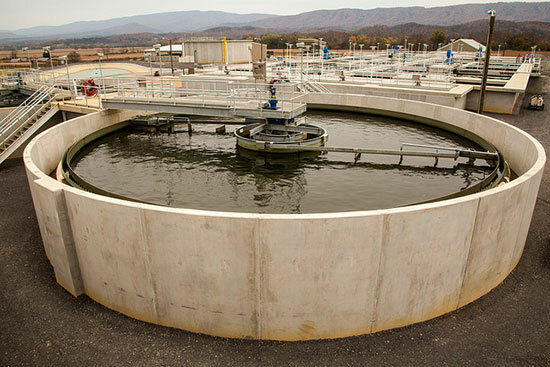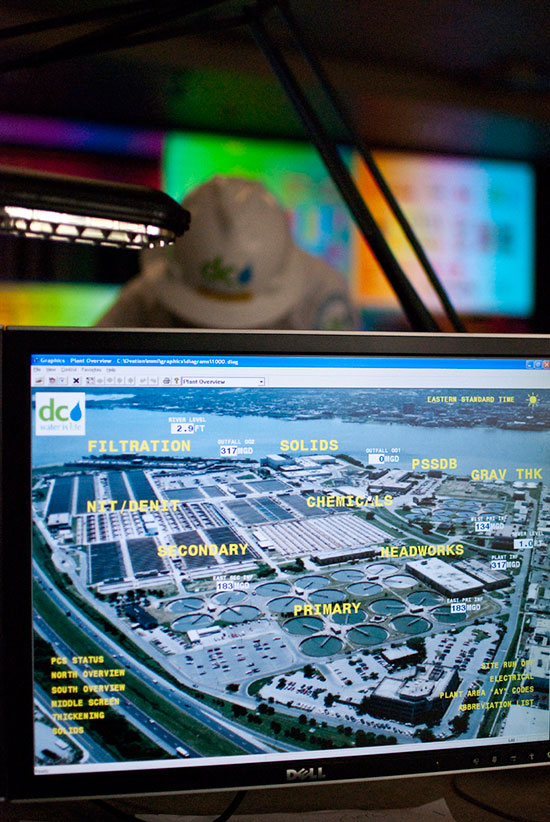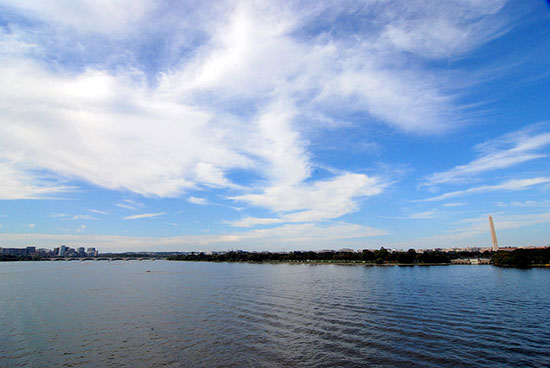New wastewater treatment technologies create clean water in Chesapeake Bay
Scientists link a Clean Water Act permit program to healthier rivers and streams.
Upgrading wastewater treatment technologies has lowered pollution in the Potomac, Patuxent and Back rivers, leading researchers to celebrate the Clean Water Act and recommend continued investments in the sewage sector.

Introduced in 1972, the Clean Water Act’s National Pollutant Discharge Elimination System permit program regulates point sources of pollutants, or those that can be pinpointed to a specific location. Because wastewater treatment plants are a point source that can send nutrient-rich effluent into rivers and streams, this program has fueled advancements in wastewater treatment technologies. Biological nutrient removal, for instance, uses microorganisms to remove excess nutrients from wastewater, while the newer enhanced nutrient removal improves upon this process.
Researchers with the University of Maryland Center for Environmental Science (UMCES) have linked these wastewater treatment technologies to a cleaner environment. In a report released last month, five case studies show that wastewater treatment plant upgrades in Maryland, Virginia and the District of Columbia improved water quality in three Chesapeake Bay tributaries.

The link is clear: excess nutrients can fuel the growth of algae blooms, which block sunlight from reaching underwater grasses and create low-oxygen dead zones that suffocate marine life. Lowering the amount of nutrients that wastewater treatment plants send into rivers and streams can reduce algae blooms, bring back grass beds and improve water quality.
In New Insights: Science-based evidence of water quality improvements, challenges and opportunities in the Chesapeake, scientists show that new technologies at Baltimore’s Back River Wastewater Treatment Plant led to a drop in nitrogen concentrations in the Back River. Upgrades at plants in the upper Patuxent watershed led to a drop in nutrient concentrations and a resurgence in underwater grasses in the Patuxent River. And improvements at plants in northern Virginia and the District lowered nutrient pollution, shortened the duration of algae blooms and boosted underwater grass growth in the Potomac River.

Image courtesy Kevin Harber/Flickr
The Chesapeake Bay Program tracks wastewater permits as an indicator of Bay health. As of 2012, 45 percent of treatment plants in the watershed had limits in effect to meet water quality standards. But a growing watershed population is putting increasing pressure on urban and suburban sewage systems.
“Further investments in [wastewater treatment plants] are needed to reduce nutrient loading associated with an increasing number of people living in the Chesapeake Bay watershed,” New Insights notes.

Comments
There are no comments.
Thank you!
Your comment has been received. Before it can be published, the comment will be reviewed by our team to ensure it adheres with our rules of engagement.
Back to recent stories